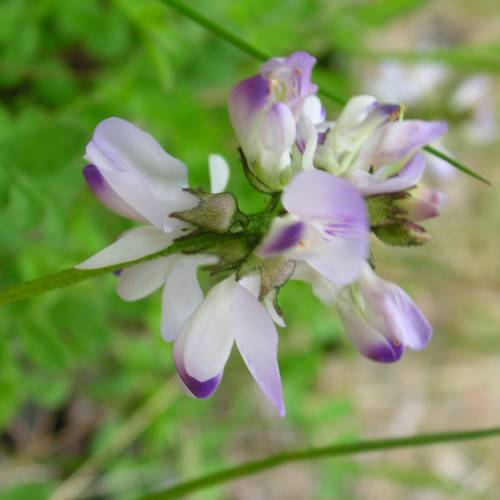
Alpine Milkvetch
Astragalus alpinus var. alpinus
Watering:
Minimal
Hardiness Zone:
Sun:
full sun
Leaf:
Yes
Growth Rate:
Low
Drought Tolerant:
Yes
Salt Tolerant:
Yes
Care Level:
Medium
watering
Don Meadow Milk Vetch prefers to be kept in moist soil, so it should be watered every 2-3 days during its active growing season. It should be watered lightly, but enough that the soil is slightly damp to the touch. During the summer months, water should be given more frequently, especially during periods of hot and dry weather. During its dormant season, this plant should usually not need any watering unless the soil becomes very dry.
sunlight
Don Meadow Milk Vetch grows best in full sunlight and requires at least 6 to 8 hours of direct sunlight each day. The intensity of the sunlight should not be too intense, as this plant is sensitive to too much light. A location with partial shade throughout the day is ideal. Don Meadow Milk Vetch can really thrive in late afternoon or early morning sun when temperatures are slightly cooler. It does best when planted in well-drained soils that are not too nutrient-rich.
pruning
Don Meadow Milk Vetch (Astragalus agrestis) should be pruned shortly after bloom in late spring to early summer. Prune away any dead or damaged stems, and cut back the main stems of the plant by 1/3. This will help encourage new blooms in the next growing season. Avoid pruning in the late summer or early fall, as this will reduce the chances of new growth in the following year.
